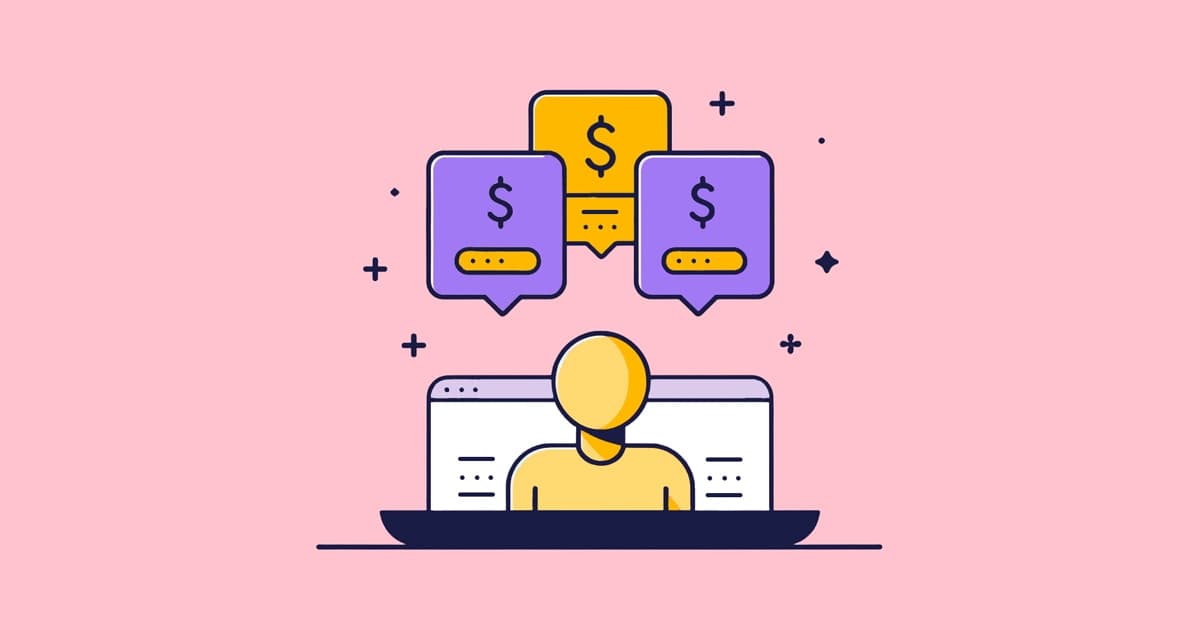MARKETING AUTOMATION
Price Competitiveness Report in Google Merchant Center
23.01.2024

In ecommerce, it is very important for online shops to regularly compare the prices of competitors (e.g. using a price comparison report) in order to offer competitive prices. This process is often tedious, but can now be fully automated with the help of a flow in Shopstory. In the following article, we'll show you how you can get insights into your competitors' average pricing in order to be able to make strategic pricing decisions and remain competitive.
The Challenge
Meet Valentina. She is the owner of an online shop that sells Korean beauty and skincare products in Sweden. As a young and nimble entrepreneur in a small ecommerce store, she is quite skillful and wears multiple hats at work – from marketing to accounting and customer service. She uses Google Merchant Center, and in order to sell and grow, Valentina knows that the price is an important decisive factor for buying from an online shop. With Internet and easy access of online shops these days, she must make sure the price is also right in order to be competitive on the market.
So every week, she spends several hours researching all of her competitors' price points. This takes up a lot of their working time. Time she'd rather spend on visibility and marketing of her products. What if she had a tireless employee who would take care of repetitive tasks — such as price comparisons — 24/7?
The Solution
Think of Shopstory as a helping hand doing the work for you on the side so that you can focus on strategic tasks again. With the help of a flow in our software, Valentina can automatically generate price competitiveness reports as frequently as she'd like. By using specific information from competitors and their products, Shopstory automatically generates price competitiveness reports for Valentina.
Our no-code platform executes the flow in three simple steps:
- Google Merchant Center: The Merchant Center collects information such as the item ID, title, brand, current prices, and competitors' benchmark price.
- Google Sheets: The compiled data is then exported and processed in Google Sheets.
- Mailgun: As a final step, you can have the price competitiveness report sent to you by email. Alternatively, a Slack notification, for example, would also be possible.

Illustration: A flow for creating a price competitiveness report in Shopstory
The average price of your products compared to your competitors is known as the “benchmark price.” The report can therefore indicate whether your product is cheaper, more expensive or equal to the current benchmark price. This can be very valuable information for you, especially as an ecommerce owner or marketer, as the price competitiveness report can show you patterns that in turn enable you to understand market trends and adapt your strategy. Moreover, the flow can be extended as needed so that product prices are automatically updated and adjusted.
By automating this repetitive report, Valentina can keep an eye on the competition, stay updated, and use the extra time to grow the business.
Conclusion
Competitive pricing is crucial for ecommerce companies because, in the age of the Internet, customers easily compare prices to order the desired product at the lowest price. In addition, there are also online resources that automatically compare online shops and their prices in order to help customers quickly identify the cheapest price. So if online shops are not always one step ahead of their customers, they will eventually lose them in price wars.
With marketing automation and Shopstory, you can use a flow to automatically generate your price competitiveness reports, quickly gain insights into the pricing strategies of your competitors and thus make timely adjustments to your own pricing strategy. This way, you can attract more customers to your online shop, boost your sales and continue to grow with confidence. In the long term, analyzing such price comparisons also gives you an idea of which products are doing well and which need more attention.
In the ever-evolving world of ecommerce & marketing, it's crucial to stay ahead of your competition. Take advantage of marketing automation with Shopstory to optimize your advertising campaigns, save time and resources, and get back to focusing on what's most important — the success of your business.
Interested in marketing automation and would like to find out more about our Shopstory software? Then perhaps you'd like to read our white paper "The Future of Automation in Ecommerce & Marketing" or follow the link below to learn more about our software:
More to Explore
Discover more insights from our latest articles
© 2025, Shopstory









